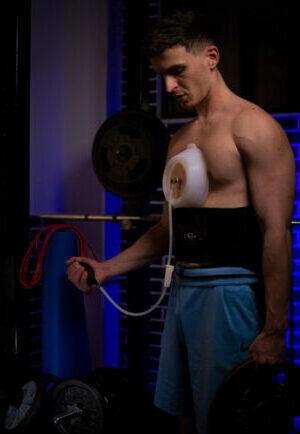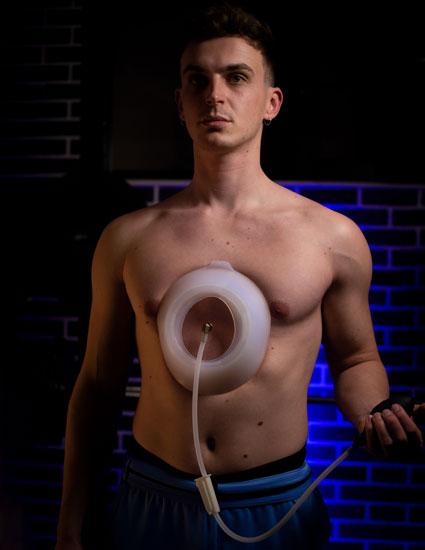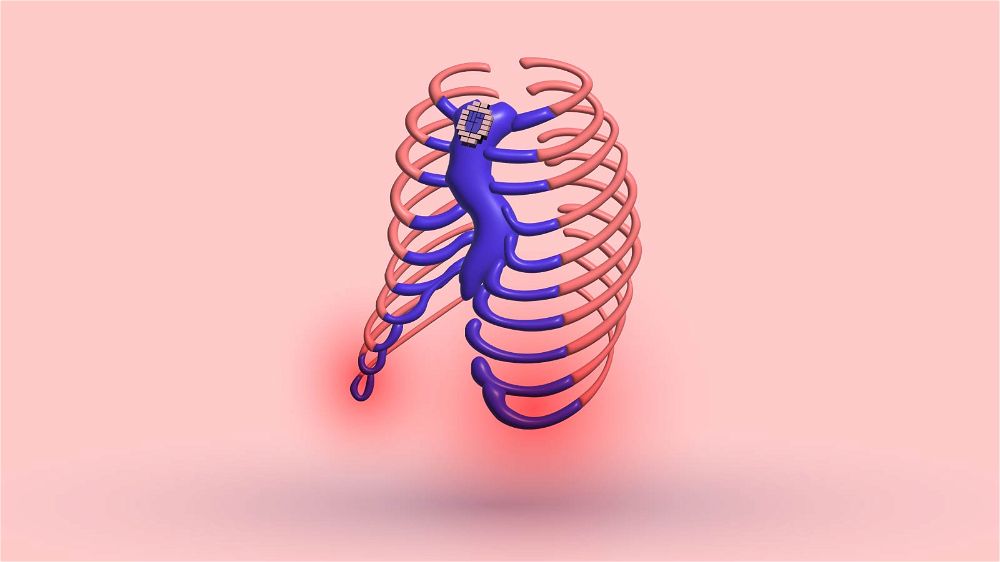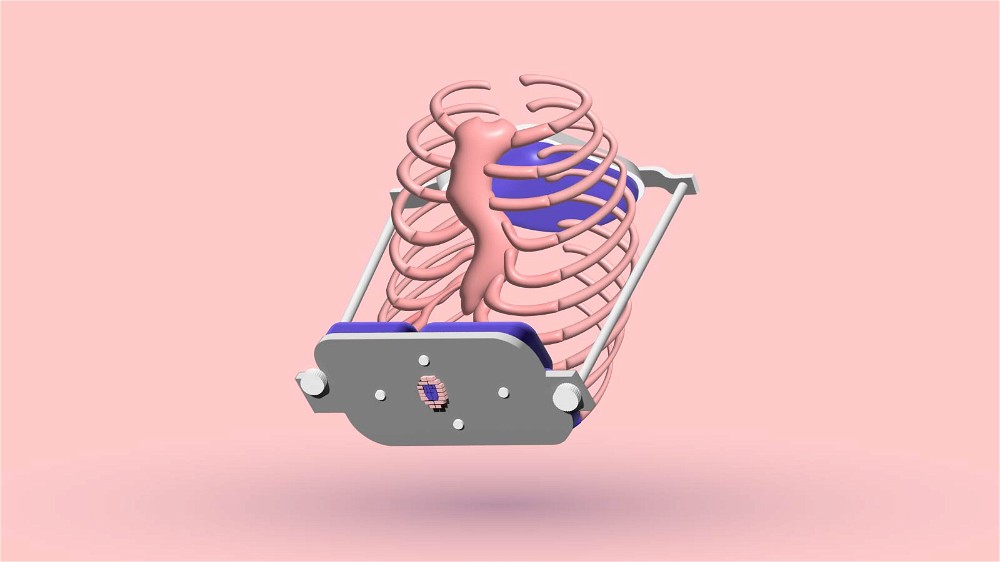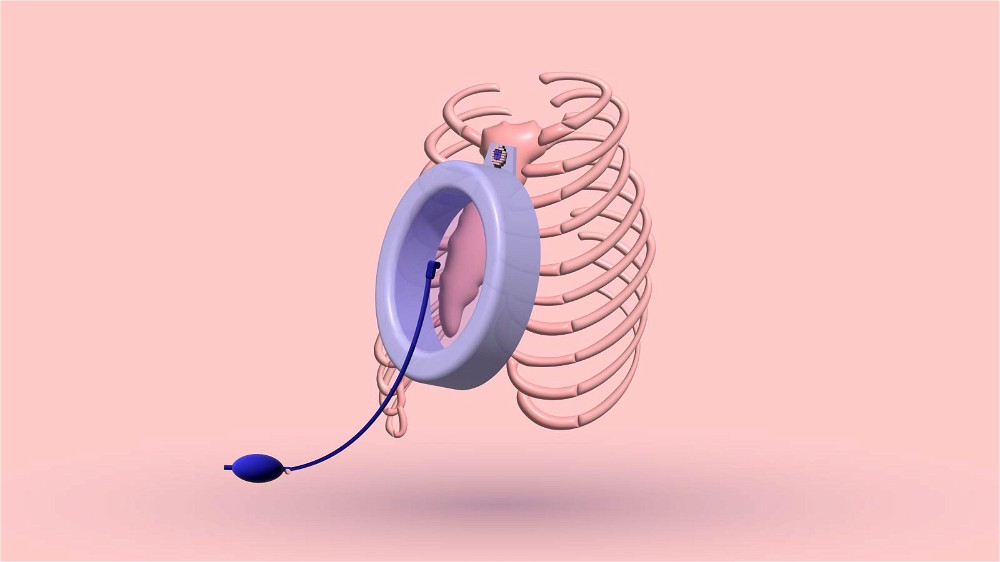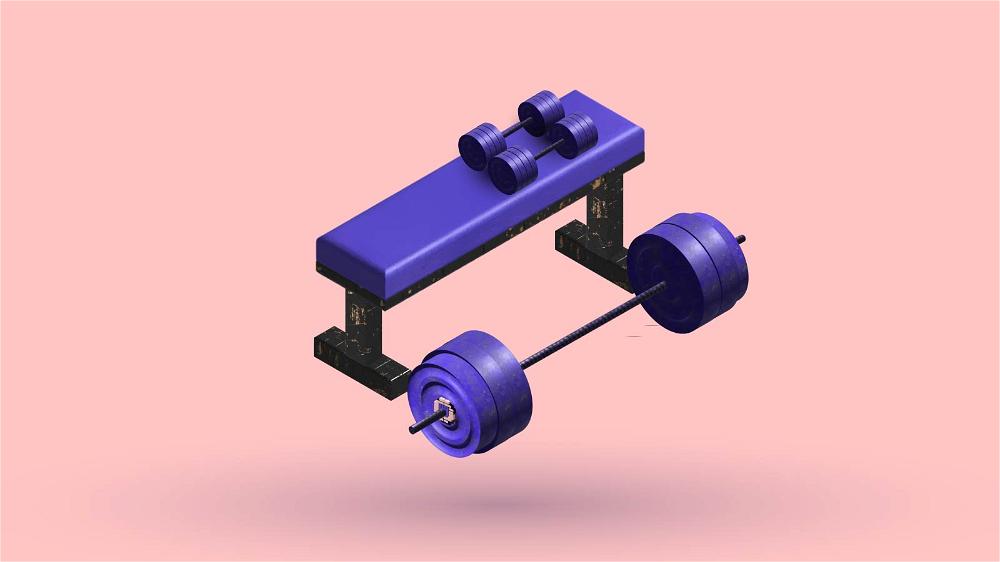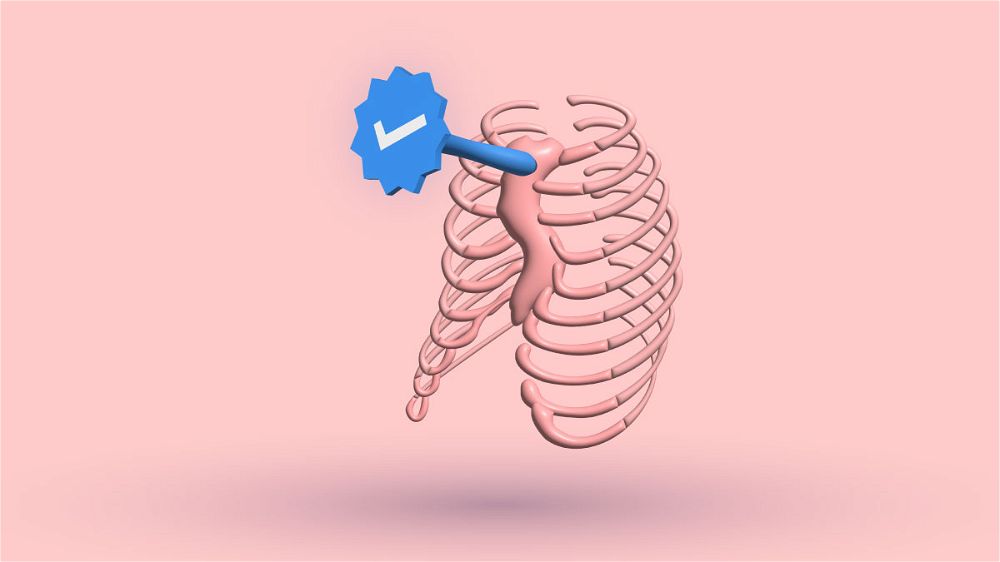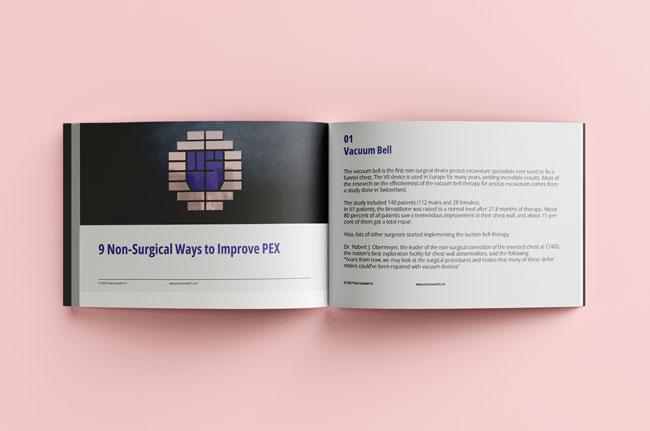The separation of the rectus abdominal muscles during and after pregnancy is known as diastasis recti. The rectus is a muscle that runs vertically across the front of your stomach.
The linea alba, a band of tissue that runs along the center, divides it into left and right sides. The abdominals stretch when your uterus swells during pregnancy, and the linea alba thins and pulls apart.
That occurrence is common and can also occur in men with pectus excavatum, but it is most prevalent in pregnant or postpartum women.
Women's bodies are meant to develop and expand to support a growing fetus. Hormonal changes during pregnancy cause greater flexibility and softening of connective tissue, and those body changes are expected.
That condition can occur in women who have or do not have a pectus chest deformity.
Can diastasis recti occur because of pectus?
Multiple musculoskeletal disorders affecting the thorax's symmetrical contour contribute to congenital malformations of the chest wall.
Further research confirms the pectus excavatum effect in the anatomical changes to the rectus abdominal muscle.
Additionally, many women on Reddit have wondered whether their postpartum diastasis recti and pectus deformities are related.
Women in the postpartum period claim that the connection between these two issues makes sense, because diastasis is mainly increased by abdominal pressure, which would be affected by the chest cavity space restriction.
Due to the relationship between the two conditions, doctors advise performing an abdominal wall physical examination and an imaging test like ultrasonography on patients with pectus excavatum.
How to know if you have postpartum diastasis recti?
Since diastasis recti do not hurt, you might not have been aware of it before giving birth. Although some of the diastasis's side effects may cause pain, the ab separation itself is painless.
When performing simple actions, such as simple home activities, you could experience weakness in your core.
Some women experience a jelly-like feeling in the region between their left and right abdominals.
Some other possible symptoms are:
- Discomfort during sexual activities.
- Hip or pelvic ache.
- Back discomfort because the separations do not let the stomach support the back.
- A bad posture.
- Urine drips when you cough or sneeze.
- Abdominal weakness.
- You may need help walking, lifting things, or doing simple chores.
Usually, abdominal separation disappears after childbirth. However, 12 months after giving birth, the condition can be solved, but some women may experience issues with abdominal separation longer.
Therefore, even if this problem may go away on its own, I still advise you to see a doctor as soon as you notice any symptoms to avoid complications with the deformity and your general health.
How to prevent postpartum diastasis recti With Pectus
It might sound like something you would certainly expect to hear about the prevention of diastasis recti, but it is true; healthy life is the only way you can do to prevent it.
You may avoid postpartum abdominal separation by building up your core muscles.
Working out before or even in the first trimester of pregnancy will be the only available prevention for this occurrence.
Pregnancy is when you should limit the stress on your abdominal muscles. That is why a healthy lifestyle before pregnancy is important.
Core Exercising Post-Pregnancy
Pick calming workouts that improve the deeper abdominal muscles. Avoid sit-ups, oblique curls, and some yoga postures during pregnancy, as these exercises and movements might worsen abdominal separation.
But please consult your doctor and physiotherapist if you notice anything strange in the abdominal muscles or if you have any symptoms before, after, or during pregnancy.
Consult your physiotherapists so they can suggest adjustments to your usual activities and postures (both static and dynamic) to minimize any potential issues.
Bottom Line
Every woman with pectus excavatum should be ready for this condition, even though the deformity is not the only cause of postpartum diastasis recti.
Many women experiences weakening and separation of their abdominal muscles during and after pregnancy. It is a frequent problem that usually improves during the first eight weeks postpartum.
But to avoid that, I still advise improving yourself with gentle, personalized activities while pregnant. Maintaining an active lifestyle and strengthening the abdominal muscles can help to prevent this problem.
If the situation persists and you are dissatisfied with the outcome of exercising, surgery can be a solution.
Surgery stitches reconstruct the abdominal wall and close the gap between the muscles.
However, speaking with a doctor is the most crucial thing to do in such situations.
4 Sources
- Diastasis Recti (Abdominal Separation): Symptoms & Treatment [Internet]. [cited 2023 Feb 13]. Available from: https://my.clevelandclinic.org/health/diseases/22346-diastasis-recti
- Anger J, de Campos JRM. Occurrence of Diastasis of the Rectus Abdominis Muscles in Patients with Medial Pectus Excavatum. Plast Reconstr Surg Glob Open. 2022 Jan 10;10(1):e4028.
- Reddit - Dive into anything [Internet]. [cited 2023 Feb 13]. Available from: https://www.reddit.com/r/PectusExcavatum/comments/10esf5c/ladies_pectus_excavatum_and_postpartum_diastasis/
- Abdominal separation (diastasis recti) | Pregnancy Birth and Baby [Internet]. [cited 2023 Feb 13]. Available from: https://www.pregnancybirthbaby.org.au/abdominal-separation


